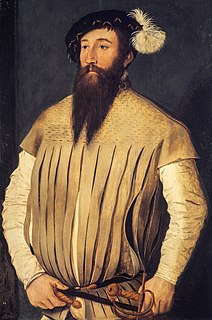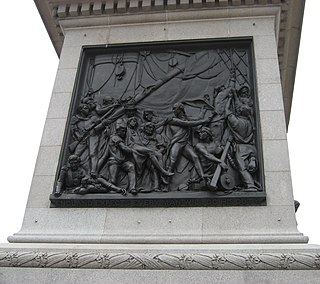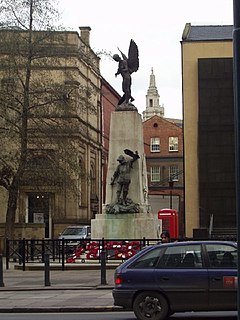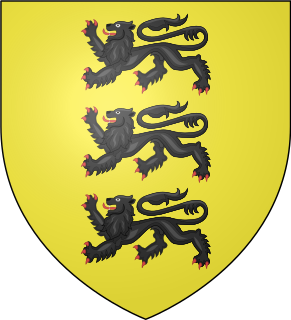John Davies Gilbert (5 December 1811 – 16 April 1854) [1] was a land owner, born in Eastbourne the son of Davies Gilbert and Mary Ann Gilbert.
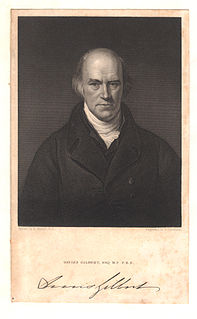
Davies Gilbert was a Cornish engineer, author, and politician. He was elected to the Royal Society on 17 November 1791 and served as President of the Royal Society from 1827 to 1830. He changed his name to Gilbert in 1817.
Mary Ann Gilbert was an English agronomist.
John Davies Gilbert and his son, Carew Davies Gilbert played a major role, as landowners, in the development of the town of Eastbourne and also developed Trelissick Garden in Feock, Cornwall.

Eastbourne is a town, seaside resort and borough in the non-metropolitan county of East Sussex on the south coast of England, 19 miles (31 km) east of Brighton. Eastbourne is immediately to the east of Beachy Head, the highest chalk sea cliff in Great Britain and part of the larger Eastbourne Downland Estate.

Trelissick Garden is a garden in the ownership of the National Trust at Feock, near Truro, Cornwall, England, United Kingdom.

Feock is a coastal civil parish and village in Cornwall, England, United Kingdom. It is about 5 miles (8.0 km) south of Truro at the head of Carrick Roads on the River Fal. To the south, the parish is bordered by Restronguet Creek and to the east by Carrick Roads and the River Fal. To the north it is bordered by Kea parish and to the west by Perranarworthal parish.
In 1834 he was elected FRS as his father had been. [1] but does not seem to have published any scientific papers. He was elected High Sheriff of Sussex for 1840. [2]

Fellowship of the Royal Society is an award granted to individuals that the Royal Society of London judges to have made a 'substantial contribution to the improvement of natural knowledge, including mathematics, engineering science and medical science'.
The office of High Sheriff of Sussex is over 1000 years old, with its establishment before the Norman Conquest. The Office of High Sheriff remained first in precedence in the counties until the reign of Edward VII when an Order in Council in 1908 gave the Lord-Lieutenant the prime office under the Crown as the Sovereign's personal representative. The High Sheriff remains the Sovereign's representative in the County for all matters relating to the Judiciary and the maintenance of law and order.
He died in Padstow. He had married the Hon. Anne Dorothea Carew, daughter of Sir Robert Shapland Carew, 1st Baron Carew. [3]

